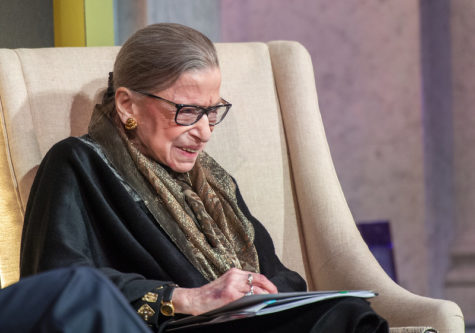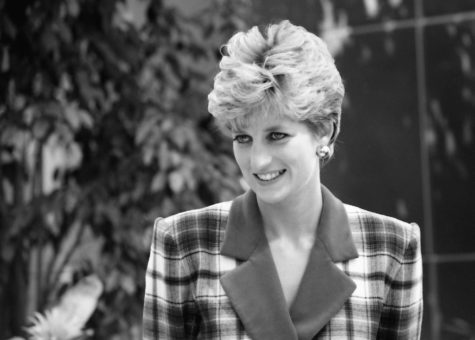5 Influential & Powerful Women In STEM
A woman examines something in a microscope in a lab.
March 17, 2023
Ever since I was little, I have always dreamt of pursuing a career in STEM, specifically science. I had always found interest in all of my science classes, especially chemistry. I wanted to work in labs and explore the world of science.
STEM is a predominantly male field. According to the U.S. Census Bureau, in 1970, women made up only 8% of all STEM workers. Now more recently, women account for just 27% of all STEM workers. With March being Women’s History Month, I wanted to write an article that highlights women that made a significant change in the STEM field, in order for women and girls to know they can pursue a career in STEM too.
1. Marie Skłodowska Curie (1867 – 1934)
Marie Skłodowska Curie was a Polish and naturalized-French physicist and chemist who conducted extensive research on radioactivity. In 1911, Curie won the Nobel Peace Prize in Chemistry for the discovery of radium and polonium and the isolation of radium. This provided science with a method for isolating and purifying radioactive isotopes. Curie had a physically demanding, yet extraordinary career, and will go down in history as one of the most influential women in STEM.
2. Katherine Johnson (1918 – 2020)
Katherin Johnson was born in White Sulphur Springs, West Virginia, on August 26th, 1918. Math had always come easy to her as a child, but she also worked very hard to master geometry and algebra. She started high school when she was 10 (10 years old for a normal person is fourth or fifth grade). She went off to college at only 15. After college, she worked at NASA, where she was a mathematician whose calculations of orbital mechanics were critical to the first U.S. crewed spaceflights. Katherine during her experience at NASA faced a lot of prejudice, but that did not deter her. Hidden Figures, a movie released in 2016, was a biographical drama film, which is loosely based on three female African American mathematicians, Katherine Johnson being one of them.
3. Jane C. Wright (1919 – 2013)
Born in 1919, in New York City, New York, Jane Cooke was the first daughter born to Corrine and Louis Tompkins Wright. Louis, her father, was one of the first African American graduates of Harvard Medical School, therefore set a high standard for Jane. Jane became a pioneering cancer researcher and surgeon noted for her contributions to chemotherapy. In particular, Wright was known for developing the technique of using human tissue culture, rather than laboratory mice to test the effects of potential drugs on cancer cells. Jane C. Wright changed the face of chemotherapy and medicine, by 1967 she was the highest-ranking African-American woman in a United States medical institution.
4. Tu Youyou (1930 – Present)
Tu Youyou was born and raised in Ningbo, Zhejiang, China. She studied at Peking University in Beijing, where she studied Chinese herbal medicine. Since 1965, Youyou has continued her studies of Chinese herbal medicine at the China Academy of Chinese Medical Sciences. Her research consists of using Chinese medical texts from the Zhou, Qing, and Han Dynasties to find a traditional cure for malaria. Ultimately extracting a compound, artemisinin, which has saved millions of lives. As of 2023, Youyou is Chief Scientist for the China Academy of Chinese Medical Sciences.
5. Françoise Barré-Sinoussi (1947 – Present)
Françoise Barré-Sinoussi was born in July 1947, in the 19th Arrondissement of Paris, the city still remains her home. Barré-Sinoussi is a French virologist, who studies viruses that affect humans, animals, insects, bacteria, fungi, and plants. In 1975, Barré-Sinoussi earned a Ph.D at the Pasteur Institute in Garches, France. She then did postdoctoral work at the National Cancer Institute in Bethesda, Maryland. In 2008, Barré-Sinoussi won the Nobel Peace Prize in Medicine for leading the investigations that resulted in the discovery of the HIV retrovirus.
All five of these women are prime examples of powerful and smart women who put their minds to something and were successful. Women are strong, courageous, and intelligent, and should be recognized for their triumphs. I think it is very important for women to know that they can do anything they put their minds to.











